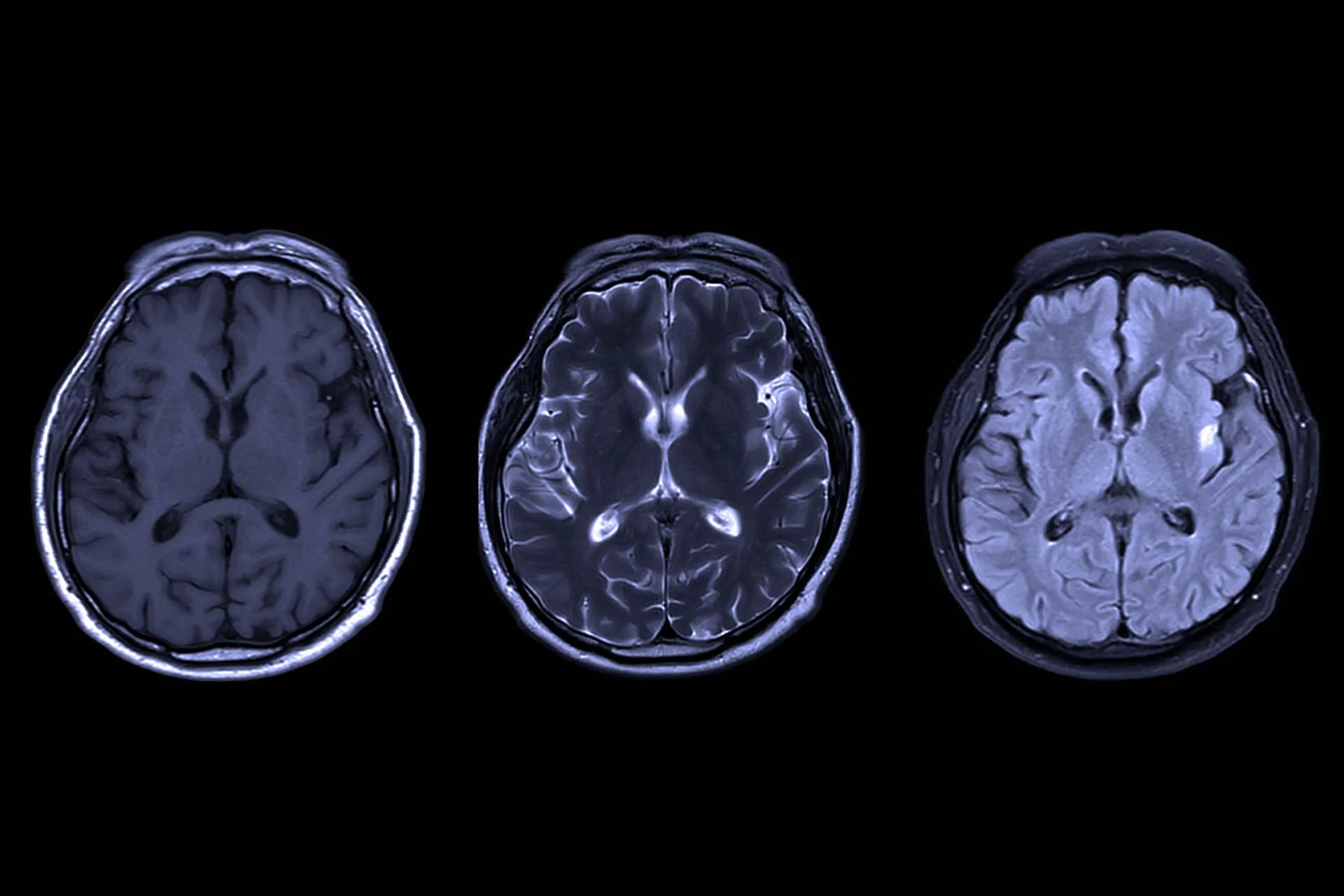Imagine if the key to stopping Alzheimer’s disease wasn’t inside nerve cells but in the protective shield around the brain itself. A surprising breakthrough from Case Western Reserve University is reshaping how we understand dementia and giving hope to millions.
Currently, more than 55 million people globally deal with dementia caused by Alzheimer’s and similar conditions. Despite billions spent on research, treatments have mostly failed. But new evidence points to an entirely different approach, protecting the brain’s natural guardian, the blood-brain barrier (BBB).
The blood-brain barrier acts like security at an exclusive club, letting necessary nutrients in while keeping harmful substances out. When this barrier breaks down, toxins and pathogens can slip through, triggering brain inflammation and damage. It’s one of the earliest signals of diseases like Alzheimer’s and brain injuries, yet few treatments have focused on preserving this crucial shield.
Andrew Pieper, a psychiatrist and neuroscientist at Case Western, and his team decided to try a new strategy. Rather than target neurons directly, they aimed at reinforcing this barrier by blocking an enzyme called 15-PGDH. Normally, 15-PGDH helps regulate inflammation, but in diseases like Alzheimer’s, it becomes overly active, weakening the BBB.
The researchers developed SW033291, initially created to aid stem cells in healing tissues damaged by other diseases. By chance, they found this compound could protect the BBB by inhibiting 15-PGDH.
In their experiments, mice genetically designed to develop Alzheimer’s symptoms received the drug. Astonishingly, these treated mice maintained a healthy BBB, preventing brain cell loss and memory problems entirely. “The BBB remained completely intact, preventing neurodegeneration,” explained Pieper. “Cognition and memory were fully preserved.”
Most Alzheimer’s drugs target amyloid plaques, sticky protein build-ups in the brain. However, these drugs haven’t met expectations, often failing to reverse symptoms significantly and sometimes causing severe side effects.
This new drug works differently. Sanford Markowitz, who co-led the study, highlighted that SW033291 doesn’t reduce amyloid buildup but still protects against dementia. This points to an exciting possibility: maybe removing amyloid isn’t necessary if the barrier remains healthy.
SW033291 isn’t limited to Alzheimer’s alone. Remarkably, the drug also prevented cognitive problems after traumatic brain injuries, even when administered 24 hours post-injury. This means athletes, accident victims, or soldiers experiencing concussions might benefit from similar treatments.
The implications are clear and profound. By changing our focus from neurons alone to preserving the BBB, we’re gaining a potentially powerful tool against many neurological diseases. Clinical trials in humans could begin soon, providing hope that Alzheimer’s could be tackled effectively within our lifetime.
While we await further research, protecting your brain health is still within reach today:
- Stay physically active to strengthen circulation and brain health.
- Adopt a Mediterranean diet rich in vegetables, fish, and healthy fats.
- Engage socially and mentally through hobbies, puzzles, or volunteering.
Simple, consistent steps like these help maintain BBB health and overall brain resilience.
Could shifting our focus from neurons to protecting the brain’s barrier transform Alzheimer’s care? How might this discovery reshape future treatments? Share your thoughts and stay part of this groundbreaking conversation.





ok but WHEN will the U.S. healthcare system let ppl actually afford this 💸🤡
imagine your brain having a lil force field. that’s what this is. i’m obsessed
sounds like sci-fi but I’m here for it tbh
the science sounds cool and all but will it be accessible or just for the rich again?
Big Pharma bout to charge $40k a dose and act surprised ppl can’t afford it
shows promise = we’ll hear about side effects in 2 years 😩
not me crying at 2am reading about brain barriers 😭🧠 science is wild